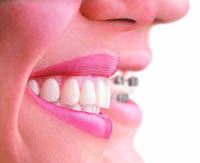
- Cost: £1500 - £5000
- Treatment length: 3 months to 3 years
- Used for: crooked teeth, gaps, twisted teeth, overbite, underbite
- Available: From invisalign certified practitioners only
Reviewed by: Dr Michael Akere

Invisalign is a revolutionary system for straightening crooked teeth and closing gaps between teeth. In many cases, Invisalign can get rid of the need for traditional metal-wire braces that have long been used in traditional orthodontic practice. The system utilises the latest in computerised technology and three-dimensional modelling to generate a series of clear, see-through aligners or “clear braces”. They are virtually unnoticeable, and are often referred to by many patients as “invisible braces”. The clear aligners are specially fabricated to fit your teeth exactly, and over time, they move your teeth into a position that gives you a natural-looking, straight smile.
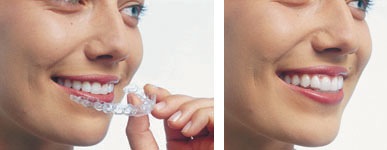

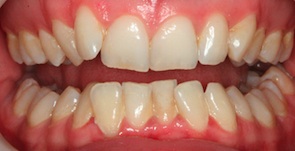

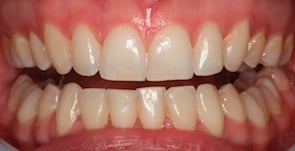
Comfort – metal braces are usually more painful and can cause irritation and inflammation of the gums and soft tissue. The elastic bands and tightening forces used with metal braces can often cause discomfort. Although there may be slight discomfort when you start wearing Invisalign aligners, in general, most users find them very comfortable.
Convenience – this is probably one of the greatest advantages over traditional wire braces. You remove the aligners when you eat, thereby avoiding the problem of food getting trapped between wires and elastic bands. Invisalign also makes maintaining a good oral hygiene program much easier. With wire braces, cleaning your teeth is much more difficult – especially flossing between your teeth. The difficulty of flossing with metal braces means that most people will neglect this part of their cleaning, and this could lead to problems with bad breath, gum disease and tooth decay in the future.
Discreet – the aligners are virtually invisible to anyone unless they get very close to you, so hardly anyone will even notice that you are having treatment. This is one of the main reasons that has encouraged 1000s of adults to use the Invisalign system, as it won’t cause any disruption in their lifestyle.
Free consultation – the majority of Invisalign-certified dentists or orthodontists offer a free initial consultation so that they can assess your problem and discuss the treatment with you, giving you an idea of estimated costs and likely treatment time, without any obligation.

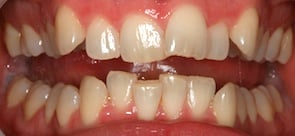
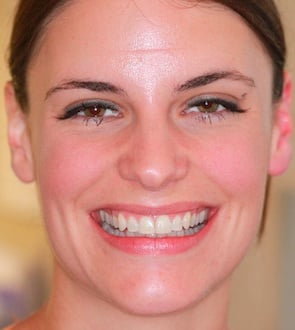
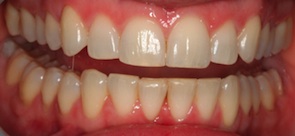
For the majority of crooked teeth problems, including overbites, underbites, crowding, crossbites and gaps between your teeth, Invisalign works very well. However, more severe orthodontic cases, where teeth extraction is perhaps required, or there is a lot of movement needed, Invisalign may not be appropriate. During your free consultation, your dentist will be able to tell you if you are suitable for Invisalign. In very severe cases, traditional wire braces, friction-free Damon braces or lingual braces may need to be used to correct your tooth alignment.
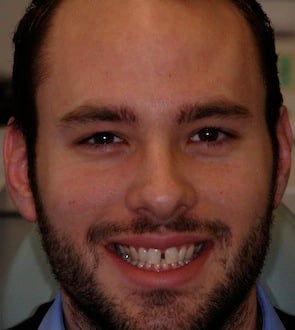
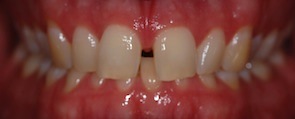

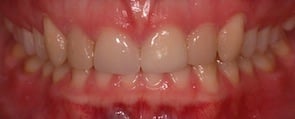
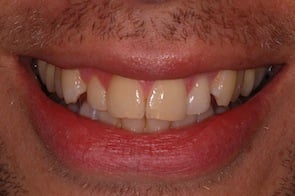
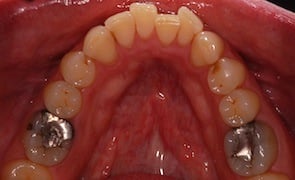
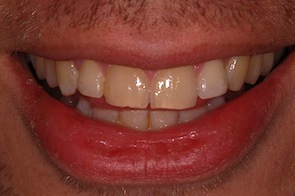
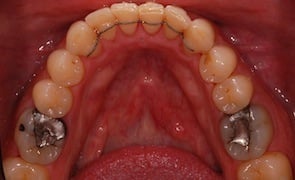
This depends on the severity of your case, where you go for the treatment and the skill of your dentist/orthodontist. During your free consultation, you should be given an accurate indication of likely costs for your particular case. Treatment costs on average vary between £1,500 to £5,000+